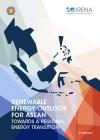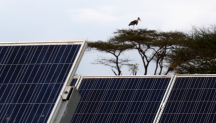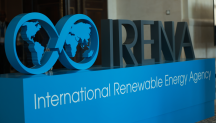

Renewable Energy Outlook for ASEAN: Towards a Regional Energy Transition (2nd Edition)
Newsletter
The Southeast Asia region will see rapid economic growth in the coming decades and energy use is set to grow significantly. Today, the region stands at a crossroads. On the one hand, it can pursue a path of continued reliance on fossil fuels, most of which come from non-indigenous sources, increasing the region’s emissions and exposure to volatile and increasingly expensive global commodity markets. On the other, the region could utilise its ample, affordable, indigenous renewable energy resources to lower energy costs, reduce emissions and drive regional economic development.
This second edition of the ASEAN Renewable Energy Outlook was developed in collaboration with the ASEAN Center for Energy (ACE) and the ASEAN Renewable Energy Sub-sector Network. It is guided by IRENA’s World Energy Transitions Outlook and details a comprehensive pathway for the development of a sustainable and cleaner regional energy system. It explores the role of end-use sector electrification, expansion of renewable generation, energy efficiency solutions, emerging technologies such as electric vehicles, hydrogen and battery storage-systems, as well the importance of expanding regional power sector integration.
As the region commits to ever more ambitious climate targets, including net zero commitments, planning must now begin in earnest. While ASEAN has ambitious renewable energy goals in the near-term, the region needs to think and plan for the long-term. It has a unique opportunity to develop a sustainable energy system based on renewable energy resources that can support recovery and development while addressing climate change mitigation and adaptation strategies, and accomplishing energy security, universalisation and affordability goals.
An interactive dashboard containing regional and some country-specific results, covering key energy indicators, energy demand, power sector, and emissions for IRENA results from the report can be accessed below.




